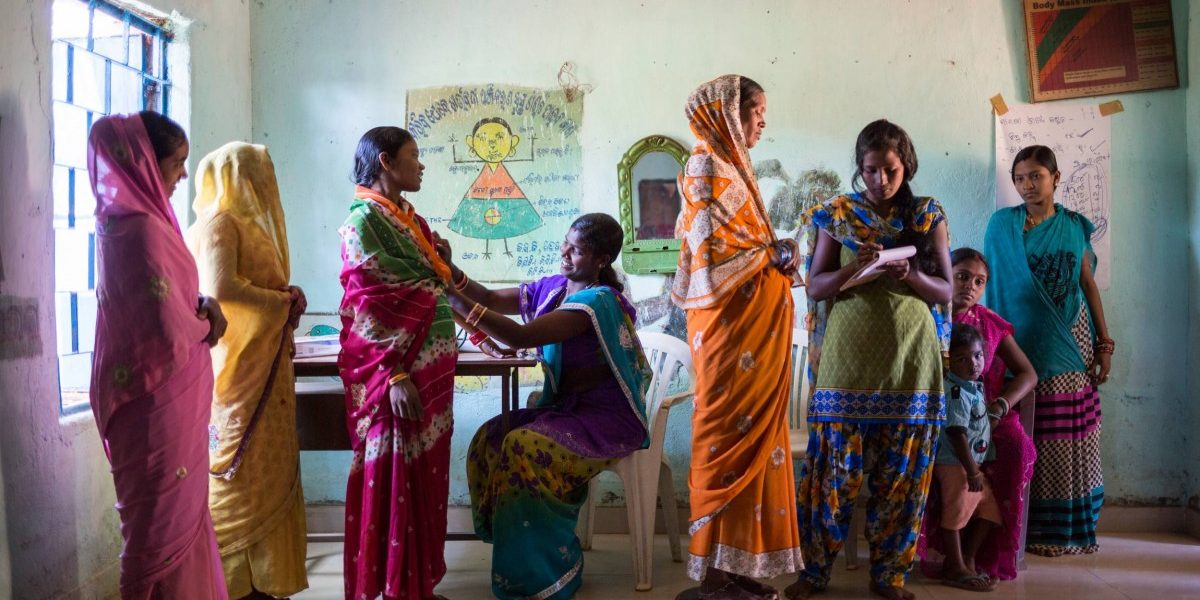Caste and Health Inequity
July 3, 2024
Caste is a fundamental determinant of social exclusion and development and international human rights organizations argue that worldwide more than 260 million individuals experience this exclusion. Caste-based discrimination has been identified as a significant social determinant of health inequalities in India. According to the Commission on Social Determinants of Health brought together by the World Health Organization, factors such as social exclusion, food, transport, and stress are accepted as important social determinants of health.
Health Indicators among Lower Castes:
- NFHS survey 2015–2016 reveals that children nutritional status (stunted) among the Scheduled Caste is 43 per cent, Scheduled Tribes is 44 per cent, OBCs is 39 per cent and among General is 31 per cent. It shows that Scheduled Tribes and Scheduled Caste children are suffering more stunted nutritional problem as compared to other children nutritional status (stunted).
- The survey documents low levels of contraceptive use among the Scheduled Castes and the Scheduled Tribes compared to forward castes.
- Reduced access to maternal and child health care is evident with reduced levels of antenatal care, institutional deliveries and complete vaccination coverage among the lower castes. Stunting, wasting, underweight and anaemia in children and anaemia in adults are higher among the lower castes.
- Similarly, neonatal, postnatal, infant, child and under-five statistics clearly show a higher mortality among the SCs and the STs.
- Infants from socioeconomically disadvantaged tribal groups (scheduled tribe), Muslim, and Christian households, and those born at home also had lower vaccination rates when compared with the respective reference groups.
Social Determinants of Health among Lower Castes
- Low Socio-Economic Status of lower castes: Low socioeconomic status may affect the prevalence of anemia and other health related parameters via several pathways including 1) poor living and working conditions, 2) adverse health behaviors such as maternal smoking, poor dietary habits and 3) limited health care use and limited health literacy which might influence their noncompliance with use of iron supplements
- Discrimination of Lower castes: A study by Vart et al. has suggested that children from the Scheduled Castes have a greater risk of anemia than children from the privileged castes; and that the educational status of adults in the family and affluence of the household did not have a statistically significant impact on the correlation (Vart et al., 2015). Though government has come up with schemes like mid day meal program etc to eradicate child malnutrition and stunting, discrimination like untouchability is highly prevalent in various parts of the country. Children from the lower social order belonging to Scheduled Castes and Scheduled Tribes continue to face discrimination due to social exclusion and untouchability.
- While there is a close relationship between nutritional status and income, education and access to essential health services, the social location of persons in the caste hierarchy also exploits the nutritional inequity (Sabharwal, 2011).
- Structural Violence through Occupational Segregation: The sanitation and cleaning work formally and informally employs 5 million people, of which 90% belong to the lowest Dalit sub-castes, which alone brings occupational hazards to lower castes people. Health hazards of manual scavenging range from mild symptoms such as local skin irritation, dermatitis, to major systemic disorders including musculoskeletal disorders like osteoarthritis, disk herniation, and infections such as gastro-enteritis and leptospirosis (Ambekar, Bharadwaj, Joshi, Kagal, & Bal, 2004).
- Migration: A migratory lifestyle followed by lower castes low skilled workers can be linked to the social determinant of health known as housing stability (which falls under the category of economic stability) and has been linked to poorer physical health and decreased access to health care. The action of migration itself can lead to poorer health outcomes due to taxing travel conditions, and limited health access during migration. In addition, the temporary living situations of migrants results in an inability to pursue long-term health interventions and program initiated by government that can improve their overall health.
- In addition, migrant women often face intersectional discrimination due to their identities as both migrants and women.
Socio-Discourse*
1. How do cultural practices and traditions associated with different castes influence health behaviors and outcomes? (Eg: Branding of infants with iron rods among certain tribes)
2. How does the migration of individuals from rural to urban areas impact their health status, particularly in the context of caste?



